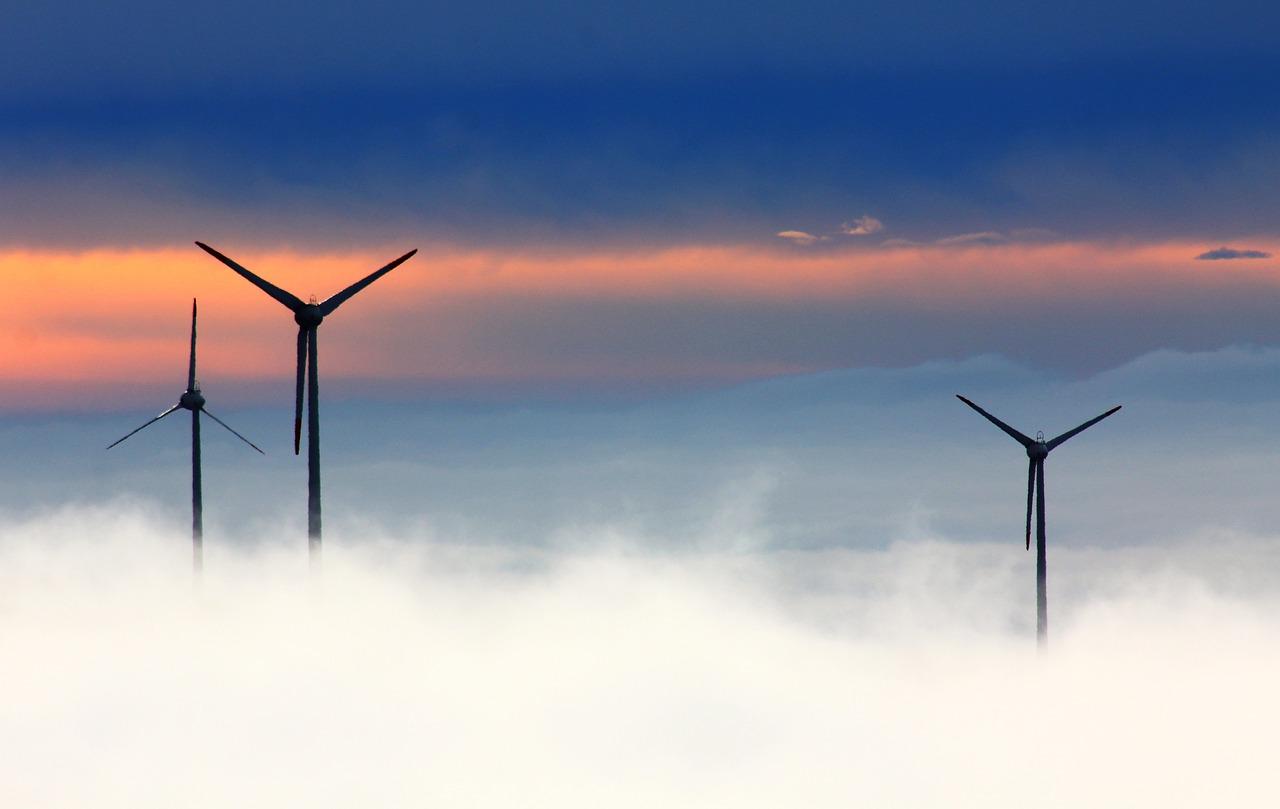Tesla Bids On World's Biggest Powerpack Project
Tesla seeks to outdo its successful South Australian battery project by submitting a bid to a utility company in the US for what will be the biggest battery backup facility in the world.
Updated Nov. 19 2020, 9:40 p.m. ET
Tesla has thrown its hat into the ring to build the world's biggest Powerpack project in the United States, following its record-breaking success with a battery backup facility in South Australia at the Hornsdale Wind Farm. Records show Tesla has bid standalone battery project for Xcel Energy, Colorado's biggest utility company. The new facility would be less powerful than Tesla's South Australian project, but will have the most capacity in the world.
Most of Colorado's electricity is produces from natural gas and coal. But the state has recently taken strides to create more clean energy, evidenced by a 2016 announcement by Xcel (which serves more than 3 million electricity customers throughout Colorado, New Mexico and the upper Midwest) about its Colorado Energy Proposal. That proposal seeks to replace two Colorado coal plants with 700 megawatts (MW) each of solar and natural gas, and 1 gigawatt of wind. The ambitious project would entirely change Colorado's energy-creation landscape, attributing 55 percent of electricity created to renewables.
Tesla's reps will not comment on a project in its proposal phase. But from the paperwork, we can tell the company has coined the project “Forrest Lake,” offering hints of a possible location. It would consist of more than 1,500 Powerpack 2 systems in a standalone array that could provide 75 MW of power and a capacity of 300 MW-hours.
Tesla's similar facility in South Australia has helped significantly with the state’s ongoing electricity issues, providing backup to coal-fired power plants when they go offline. A fraction of a second is all it took to respond and was quicker than the traditional backup coal generator.
The system has also stabilized the power grid when demand is very high, creating $1 million worth of revenue in two the country's hottest days on record. Neoen, the solar company that operates the wind farm and battery facility, is able to easily switch Tesla’s system to discharge when demand is high and charge backup when it’s lower.
Tesla’s proposed battery system for Colorado would have three-fourths the power capacity of the South Australia wind farm, but would end up being the biggest in the world at 300 MW-hours. That's more than twice the size of Hornsdale’s 129 MW-hours.
Of course, there's no guarantee that Tesla will win the bid. NextEra Energy, a company owning 16 percent of the United States’ entire wind energy capacity, has also bid on Xcel's project. In fact, 28 different stand-alone battery storage projects have been submitted, with 430 bids received by Xcel Energy in total. Other energy generation technology in the bids include combustion turbine, compressed air, and various wind and solar combinations with battery storage. There looks to be a long way to go in the process, and even though Tesla’s project may not fit the “new” requirements, it certainly had a successful start.

